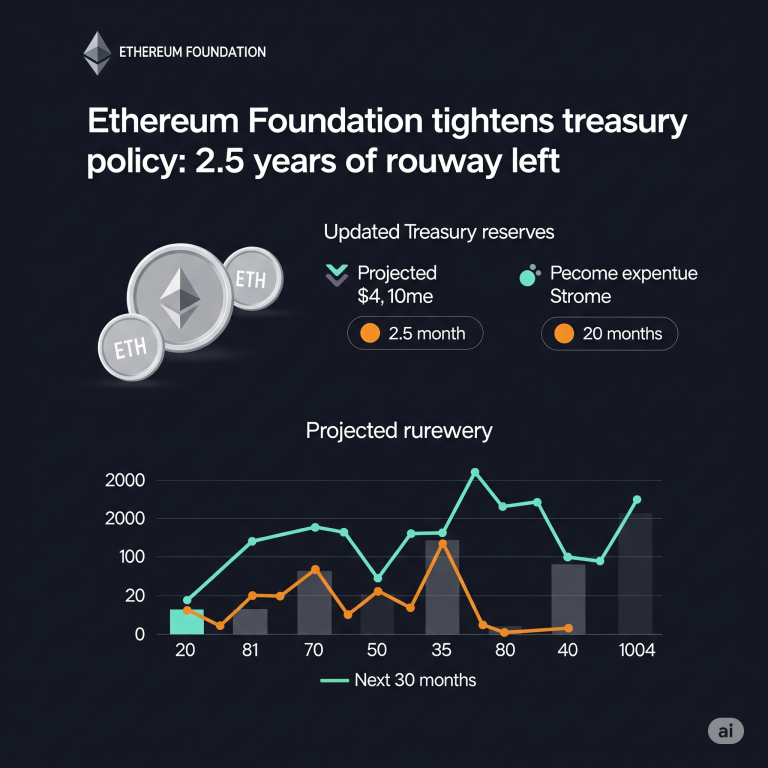Introduction
Cryptocurrency mining is a cornerstone of the digital economy, akin to the gold rush of the 19th century but in the virtual realm. It involves validating transactions and securing the blockchain, the decentralized ledger that underpins cryptocurrencies like Bitcoin and Ethereum. This process not only ensures the integrity of the network but also introduces new coins into circulation.
What is Cryptocurrency Mining?
Cryptocurrency mining is the process of using computer power to solve complex mathematical puzzles. These puzzles validate and record transactions on the blockchain. Miners compete to solve these puzzles, and the first to do so gets rewarded with cryptocurrency. This decentralized system ensures that no single entity has control over the currency, maintaining its integrity and security.
How Does Crypto Mining Work?
- Transaction Verification: When a cryptocurrency transaction occurs, it is grouped with others into a block.
- Solving Puzzles: Miners use powerful computers to solve cryptographic puzzles. This involves guessing a number (nonce) that, when combined with the block data, produces a result below a specific target number.
- Adding to the Blockchain: The first miner to solve the puzzle broadcasts the solution to the network. Other miners verify the solution, and if correct, the block is added to the blockchain.
- Rewards: The successful miner receives a block reward, which includes newly created cryptocurrency and transaction fees from the block.

Types of Mining
- CPU Mining: Uses the central processing unit of a computer to mine cryptocurrencies. It’s the simplest form but also the least efficient.
- GPU Mining: Utilizes the graphics processing unit, which is more efficient than CPU mining and can handle more complex calculations.
- ASIC Mining: Application-Specific Integrated Circuit miners are specialized hardware designed specifically for mining. They are the most efficient but also the most expensive.
- Cloud Mining: Allows individuals to rent mining power from remote data centers. It’s a convenient option for those who don’t want to invest in hardware.

Environmental Impact
Cryptocurrency mining consumes a significant amount of electricity, leading to concerns about its environmental impact. The energy consumption of mining operations has led to debates about sustainability and the need for renewable energy sources to power these activities.
Economic and Social Impact
Cryptocurrency mining has created a new industry, generating jobs and fostering technological innovation. It has also introduced new financial opportunities, allowing individuals to earn cryptocurrency through mining. However, it has also raised concerns about energy consumption, environmental impact, and the potential for market manipulation.
Conclusion
Cryptocurrency mining is a complex and dynamic process that plays a crucial role in the digital economy. As technology evolves, so too will the methods and impacts of mining. Balancing the benefits of cryptocurrency with its environmental and social challenges will be key to its sustainable future.
Subscribe to our newsletter!






Got it